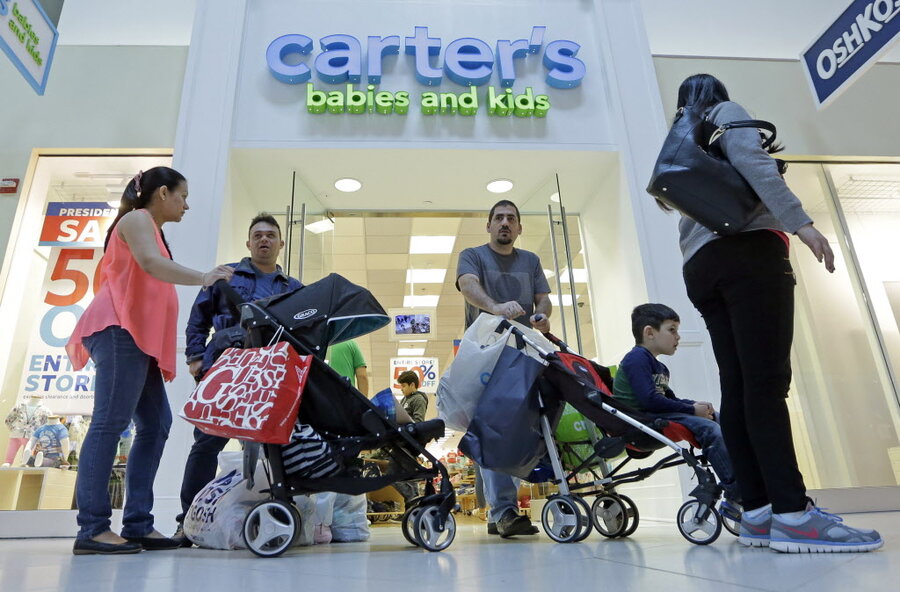Retail sales rise 0.2 percent in January as wages improve
Loading...
Retail sales have finally hit a rebound.
American consumers are feeling slightly more confident about their spending, according to retail sales data from the Commerce Department released on Friday.
Retail sales increased by 0.2 percent in January, following a decline in December. Sales last month were up by 3.4 percent from the same period a year ago. Retailers including book and music stores saw their sales increase by as much as 7.6 percent year over year. The auto industry also continued to gain on December’s record 9 percent increase in sales with a 3.2 percent increase for Januart
“Consumer fundamentals still look very strong. We had really strong real incomes at the end of last year, and that’s going to feed through to consumption, ”Bricklin Dwyer, an economist at BNP Paribas in New York, told Bloomberg.
Retail sales are a key component of consumer spending, which accounts for more than two-thirds of all US economic activity.
The pickup in spending can be credited in part to stronger wages and falling unemployment, economists say. The US economy added 151,000 new jobs last month, and , hourly earnings have risen by 2.5 percent since last year. Unemployment is currently at 4.9 percent, the lowest since the depths of the Great Recession in February 2008, according to the Labor Department.
That being said, falling oil prices and harsh winter storms that pummeled much of the Northeast with snow and ice last month did temper spending in some areas of the economy.
Sales at service stations fell by 3.1 percent. Consumer spending at restaurants fell by 0.5 percent, as the rough weather may have motivated more people to stay indoors rather than venture out to eat. Department store sales also continued their downward trend, falling by 0.8 percent in January.
The consumer spending data, along with last week's solid jobs report, bolster the notion that the economy's strength to kick off 2016 has been with everyday consumers and workers.
The financial markets have been shaky in the early part of the year, clouding the question of whether or not the Federal Reserve will once again raise key interest rates in March.
The rise in interest rates that occurred in December was the first in nearly a decade, and global and US markets have been on uncertain footing ever since. Some market analysts even have speculated about whether or not the Fed will introduce negative interest rates, which the Bank of Japan set in January.
Reserve Chair Janet Yellen has said that the central bank is exploring all options, it isn’t ruling anything out.
In testimony before the Senate Banking Committee on Thursday, she reiterated that the goal of the Federal Reserve is “to keep the economy growing at a steady pace, to keep the labor market improving, in the hope and expectation that a stronger labor market will improve the status of all groups.”
The Census Department’s monthly report on retail sales comes from a subsample of approximately 4,700 retail and foodservice establishments, out of the more than three million that are in existence. The margin of sampling confidence error is an approximately 90 percent confidence interval.








